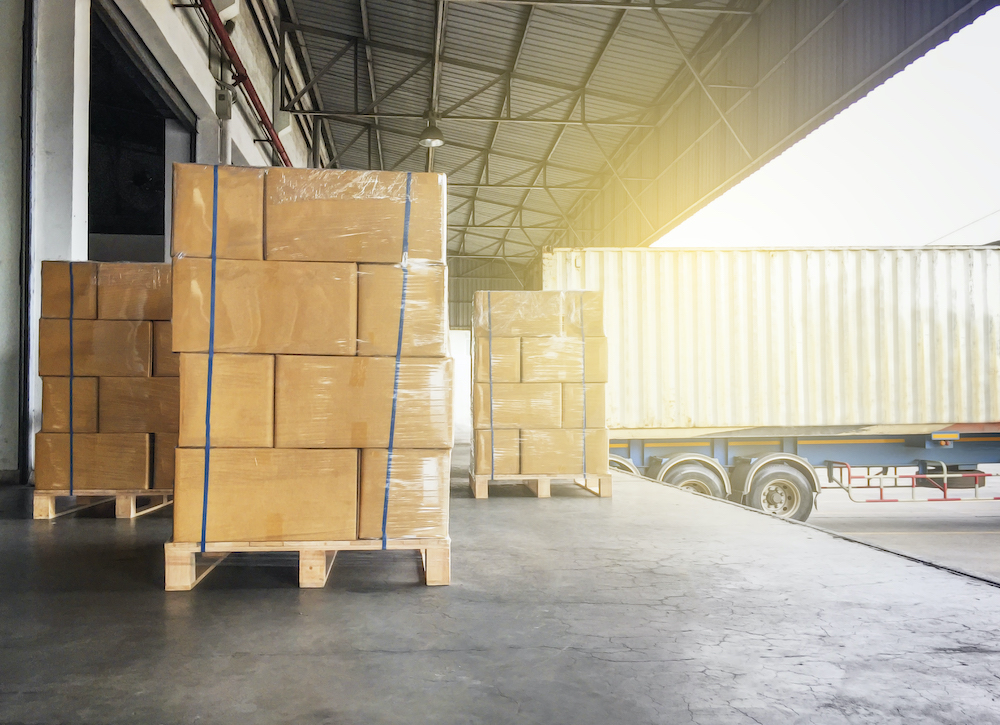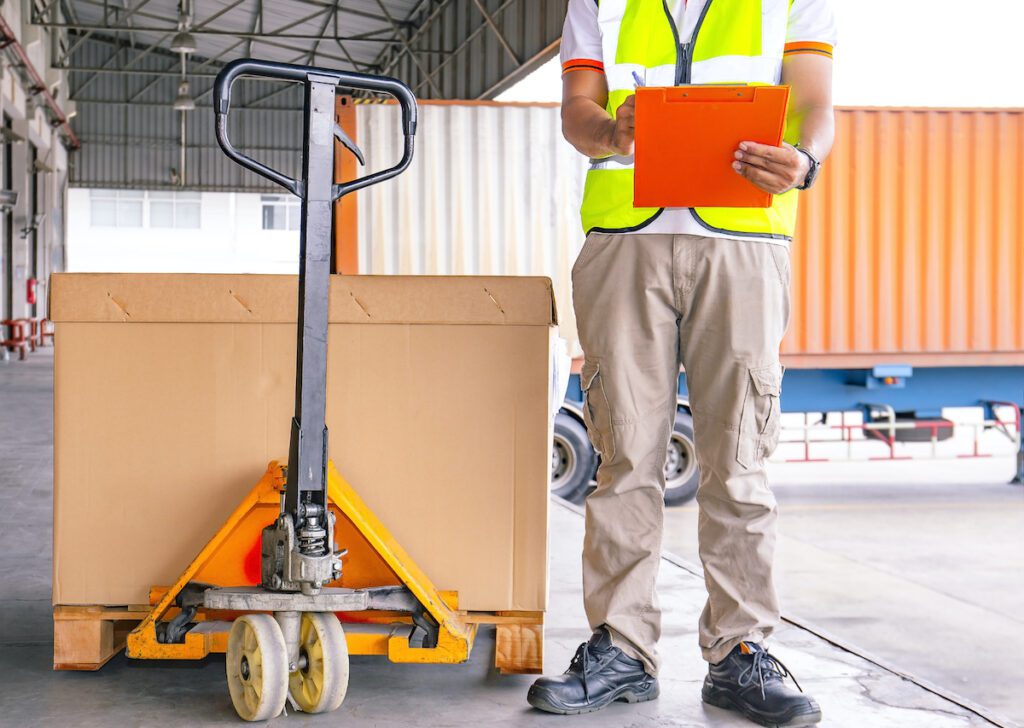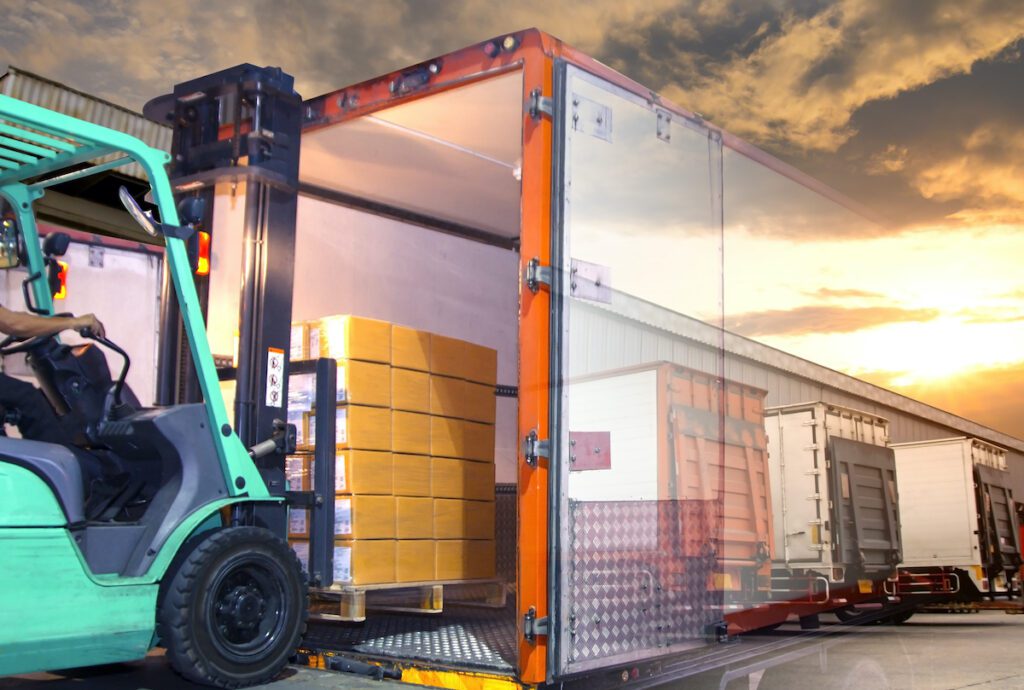Need a Freight Bill Analysis?
Ready for a Logistics Opportunity Assessment?
Need Big Company Solutions? Talk to an Expert.
Transportation Modes
PLS’ custom LTL freight services will drive value to your business.
LTL stands for less-than-truckload and is one of many shipping methods. When shipping LTL, you can send a small amount of freight in a cost-effective way.

What is LTL (Less Than Truckload)?
LTL (less than truckload) freight shipping is the transportation of small freight that doesn’t fill an entire truck trailer. In LTL shipping, loads from several shippers are combined into one trailer, so you will only pay for the space you require and use. The overall shipping cost is split between all the shippers that move freight in the trailer.
An LTL shipment usually weighs between 150 and 20,000 pounds or includes from one to six pallets, crates, large parcels or other shipping units that don’t fill up a carrier’s truck.
How to calculate LTL freight rates
Less-than-truckload freight rates depend on many different factors, so it is impossible to set a stable price range. LTL freight rates are primarily determined by the weight, dimensions, freight class, density, address destination, carrier, and assessorial charges. Additionally, the final price can be affected by many small side factors, like fuel prices.
Depending on these key measures, your final price will be defined. To get accurate rates, shippers use various shipment calculators. You can also see the approximate freight rate using our estimation tool.
How to Ship Less Than Truckload Freight
Before diving into the less than truckload shipping process, it is essential to collect all necessary information about your load. Dimensions, weight, size, quantity, and freight class all play a large role in how your freight will be transported. When shipping LTL, freight class is a very important factor that must be defined correctly.
Another important consideration while shipping cargo is packaging. It is important to properly secure and pack your freight to avoid damages during transit. In LTL shipping, freight is usually stacked onto pallets. You can also ship crates, boxes or barrels.
The next step in the freight shipping process is choosing a good freight shipping company or freight carrier. Freight shipping companies can help you get better freight rates, prepare the paperwork, and take control over the entire shipping process. Additionally, these firms can help you accurately determine freight class and avoid mistakes during the shipping process.
What is the LTL freight class?
Freight Classification is a system developed by NMFTA (National Motor Freight Traffic Association) to classify LTL freight. It plays a key role in calculating how much your LTL freight shipment will cost. Choosing the wrong freight class could waste your money, time, resources, and delay shipments. It is important to classify a shipment correctly.
There are 18 different freight classes from 50 to 500. Density greatly affects the freight class. For example, the denser is your shipment, the higher the class is. Therefore, the higher the class, the higher the rate is for every hundred pounds shipped. You can determine your freight on the official NMFTA page.
What factors determine LTL Freight Class?
There are several main factors that determine the LTL freight class, including:
- Dimensions
- Density
- Weight
- Packaging
- Value
- Stow-ability
- Handling
- Liability

Less Than Truckload (LTL) Freight Tracking Capabilities
PLS Logistics Services developed PLS PRO, a TMS that is scalable, customizable and user-friendly. The technology seamlessly integrates with your existing business systems and saves you time and money on LTL shipments. Our innovative TMS optimizes shipments, consolidates billing and gains visibility into freight moves, performance and cost. Thanks to advanced technology software integrated into our TMS, you have access to high-end tracking features, including:
- Real-time LTL rates & transit times updates
- Immediate notifications of a new shipment or an update to an existing shipment
- Automated shipment status updates
- Online paperwork downloading
- Wide variety of LTL & Volume rates
- EDI-based communications & accurate estimated transit times

Benefits of LTL freight shipping with PLS:

When you ship LTL freight with PLS, we provide true cost savings, which means you’ll receive:
- A free freight analysis
- Consolidated invoicing to reduce accounting and AP expenses
- Integrated technology through our proprietary transportation management system
- Real-time notifications and metrics
- Track and trace features from origin to destination
- Detailed reporting and market updates
- Reliable capacity
- A dedicated account management team

With our own proprietary TMS software, managing shipments has never been easier and faster. Moreover, our technology easily integrates with your systems through EDI, allowing you to get automatic updates on your load status. We eliminate tedious manual operations and enhance product flow.

The next step in the freight shipping process is choosing a good freight shipping company or freight carrier. Freight shipping companies can help you get better freight rates, prepare the paperwork, and take control over the entire shipping process. Additionally, these firms can help you accurately determine freight class and avoid mistakes during the shipping process.
PLS’ LTL service team has decades of experience in LTL freight shipping and keeps up to date on any changes and trends in the industry. We are here to help you determine accurate freight classifications, gain visibility and control over your shipments, and create effective dock scheduling. We will develop solutions for you and take care of the details. PLS will keep you updated on trends, classification changes, and general rate increases so you can stay focused on your core business functions.
Request a Freight Bill Analysis | Let PLS analyze your transportation costs and find ways to save at no charge.





